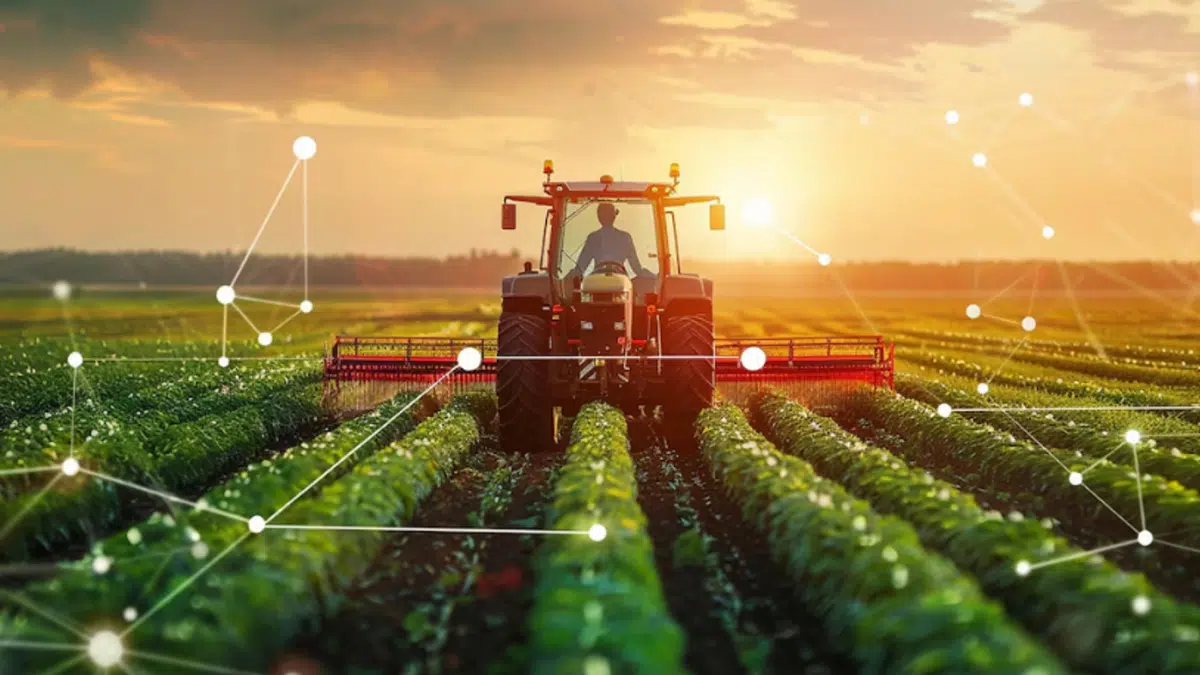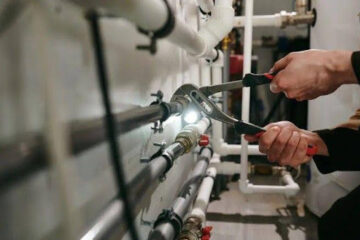The very essence of human survival has always depended on agriculture. Yet, as our global population surges and environmental challenges intensify, the age-old art of farming must evolve. Enter technology—a force that promises to redefine agriculture as we know it. This blog post explores how the symbiotic relationship between agriculture and technology is paving the way for a more efficient, sustainable, and profitable future.
Technology Transforming Agriculture
Modern agriculture is no longer solely reliant on traditional tools and methods. Today, emerging technologies are transforming farms into high-tech hubs. Precision farming, for instance, uses data analytics and sensors to optimize field-level management, ensuring resources are used efficiently and yields are maximized.
Drones have taken to the skies above fields worldwide, providing farmers with real-time insights into crop health. These aerial vantage points allow for precise interventions, such as targeted pesticide application, which reduces waste and minimizes environmental impact. They can also be used to help farmers spray pesticides across the farm.
The Internet of Things (IoT) is also becoming a staple in agriculture. Sensors placed throughout fields send data to central systems, offering insights into soil moisture, crop growth, and weather conditions. Farmers can make informed decisions quickly, reacting to changes in their environment promptly and effectively.
Boosting Efficiency and Sustainability
Technological advancements have made it possible to cultivate more food in less space with fewer resources. Precision farming, for example, enhances efficiency by allowing farmers to apply water, fertilizers, and pesticides only where needed. This method conserves resources and boosts yield, aligning with the urgent need for sustainable practices.
Beyond efficiency, technology contributes significantly to farm profitability. By automating labor-intensive tasks, farms can reduce costs and increase productivity. Drones and autonomous tractors can cover vast areas faster than human workers, completing tasks with unparalleled accuracy and speed.
Challenges to Tech Adoption in Agriculture
Despite the obvious benefits, the adoption of technology in agriculture faces hurdles. High initial costs can be prohibitive for small and medium-sized farms, which may lack the capital to invest in cutting-edge tools and machinery.
Additionally, a skills gap poses a significant barrier. Many farmers need training and education to effectively use new technologies, leading to resistance and slow adoption rates. Bridging this gap requires initiatives to provide farmers with the necessary knowledge and support.
Connectivity issues are another concern, as many rural areas lack the robust internet infrastructure needed for IoT and data-intensive applications. Policymakers and stakeholders must collaborate to improve rural connectivity, ensuring every farmer can access these game-changing technologies.
The Future of Agriculture with Technology
Looking ahead, the future of agriculture is deeply intertwined with technological innovation. RNA-based biocontrol offers a natural and precise method for pest control without relying on harmful chemicals and now stands as one of the exciting frontiers. This innovation promises to enhance crop protection while safeguarding the environment.
Artificial intelligence and machine learning will continue to evolve, offering predictive insights that further optimize farming practices. From forecasting weather patterns to predicting crop diseases, AI will empower farmers to make proactive decisions, minimizing risks and maximizing yield.
Robotics and automation will also play a larger role, with autonomous machines handling everything from planting to harvesting. These robots will not only increase efficiency but also address labor shortages, a growing concern in many agricultural communities.
Practical Tips for Integrating Technology
For farmers and agribusinesses, the question remains—how can technology be effectively integrated given budget and resource constraints? Start small by identifying specific pain points within your operations and exploring affordable tech solutions that address them.
Leverage government incentives and grants designed to support agricultural innovation. These financial aids can offset the initial costs of adopting new technologies, making them more accessible to smaller farms.
Consider partnerships with tech companies or agricultural cooperatives. Collaborating with others can provide access to shared resources and expertise, reducing the burden of investment and implementation.
Conclusion
The marriage of technology and agriculture is not just a possibility—it’s a necessity. To secure a sustainable future, the agricultural sector must continue to innovate and adapt. By embracing cutting-edge solutions, farmers can meet the demands of a growing population while preserving the planet for future generations.




